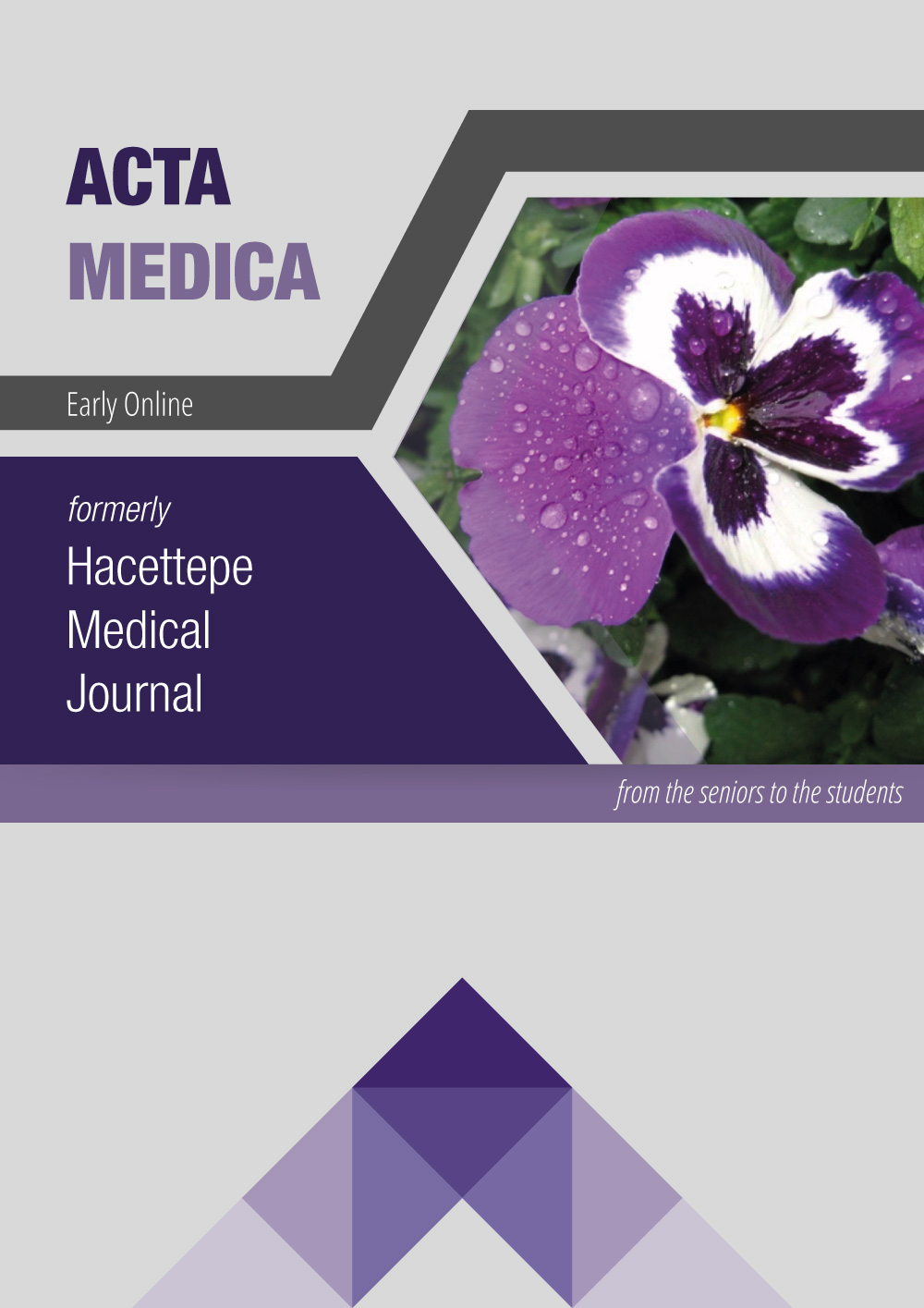Critical Findings Reporting in Cranial CT Scans of Patients in a Tertiary Government Hospital Setting:A Pilot Study
DOI:
https://doi.org/10.32552/0.ActaMedica.394Abstract
BACKGROUND AND PURPOSE: Effective communication among health care providers within an institution is vital for ensuring patient safety. A radiologist’s competence in identifying critical findings is just as important as being able to relay this information to the primary provider in a timely manner so that appropriate interventions can be initiated in life-threatening emergencies. This study aims to obtain baseline data regarding effective communication of critical findings between radiology and the primary health care providers.
MATERIALS AND METHODS: Based on the Massachusetts’s Coalition for Prevention of Medical Errors safe practice recommendations, a communication protocol was developed. Certain selected cranial critical findings (new hemorrhage, new herniation, acute brain edema, acute stroke and findings suggestive of meningitis or abscess) were used in the critical findings protocol. Total communication time (TCT) in the relay of critical findings included time from CT scan order to scan (OS time), time from scan to interpretation (SI) and time from interpretation to relay (IR). All these times were recorded and compared to the standard 60 minutes using percent compliance, mean time, median time and standard deviation.
RESULTS: Seventy-nine (79) critical findings were recorded and relayed in a 30-day period. There was 100% (79/79) compliance with the relay of critical findings to the primary care team and 97.5% (77/79) success rate in direct communication of critical findings within 60 minutes of identification. The mean OS time was 155.09 (±134.43) minutes, mean SI time was 46.54 (±44.01) minutes, and mean IR time was 9.13 (±12.04) minutes. The average time elapsed from CT study acquisition to direct notification was 57.0 (± 45.80) minutes.
CONCLUSION: Effective communication of critical findings using a protocol adopted from set standards of safe practice recommendations is achievable in our institution. The proposed protocol exhibited compliance to and performed well against established benchmarks. The timely identification and delivery of critical findings to the primary care team is central to patient management and should be practiced in our setting.
Keywords: critical finding, effective communication, cranial CT, standards

